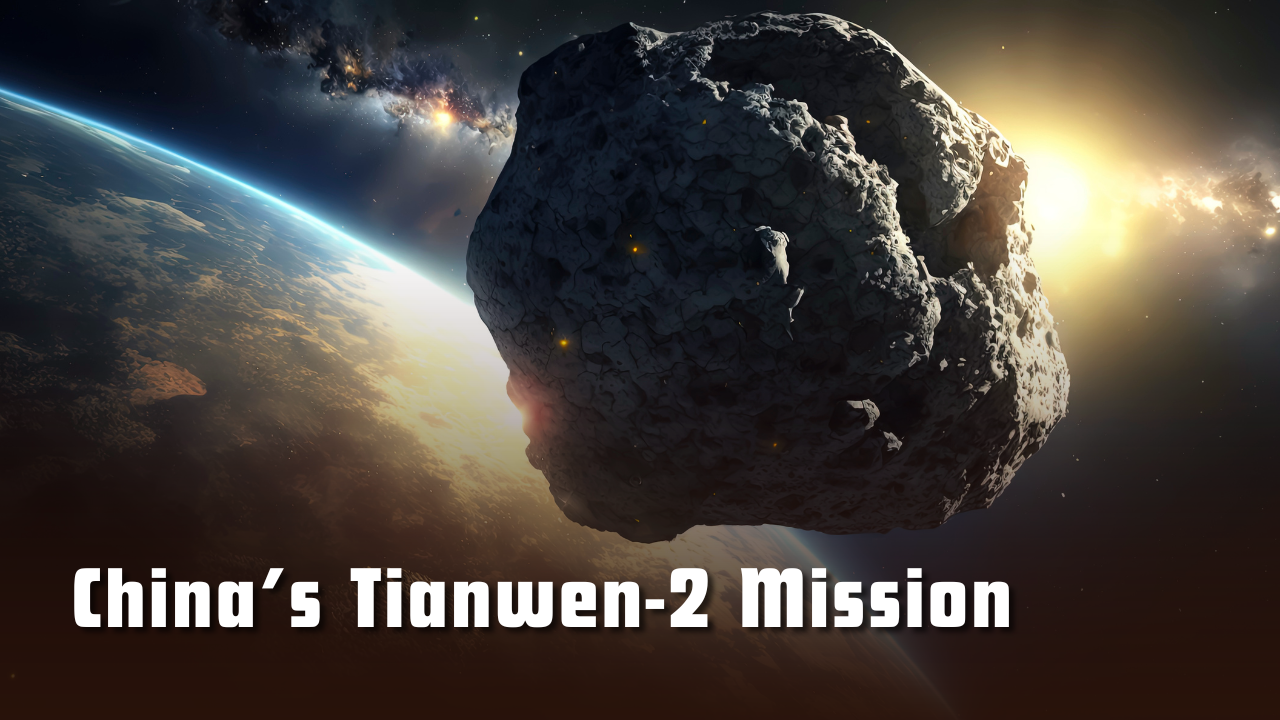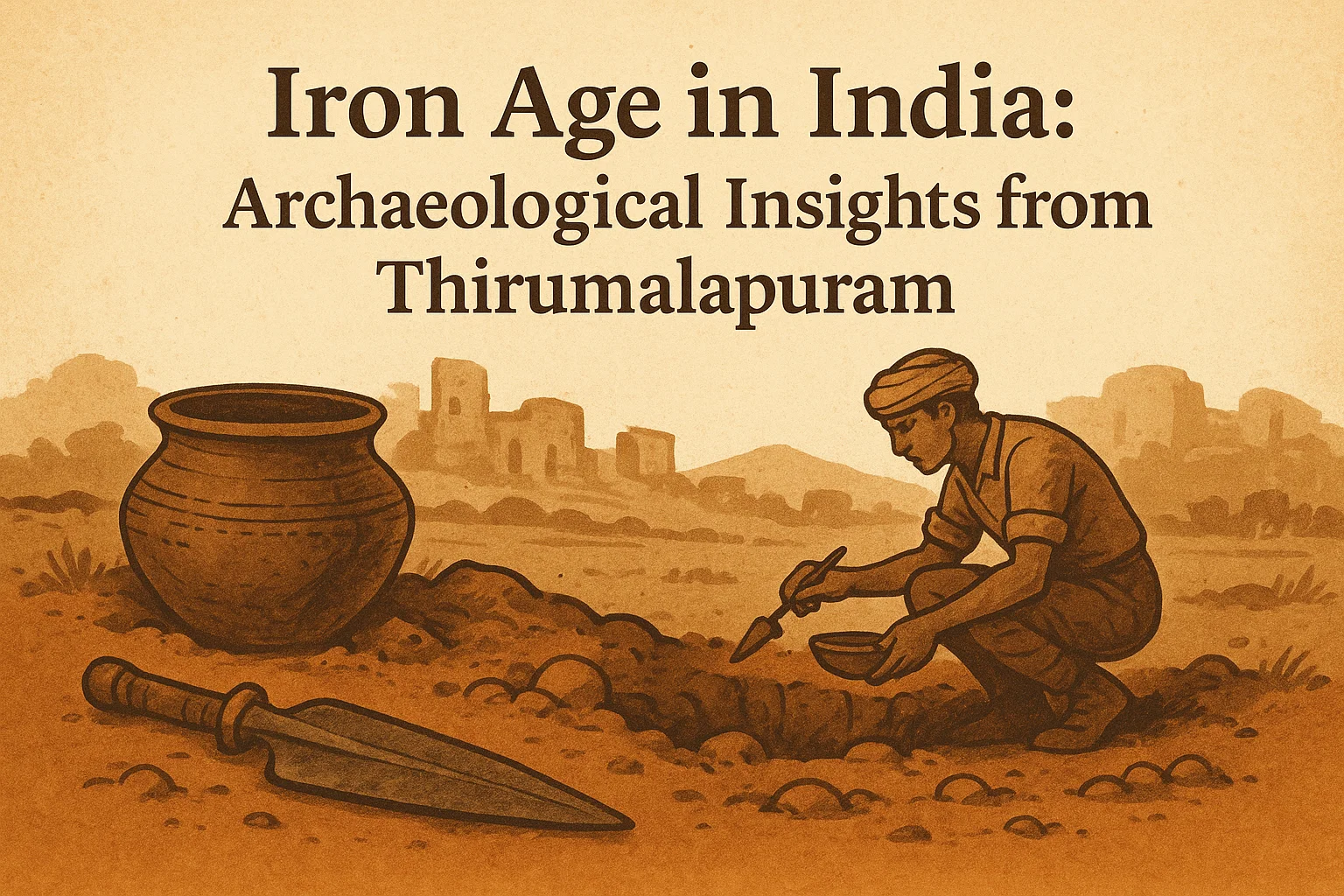Font size:
Print
Tianwen-2 Mission to Asteroid Kamo‘oalewa
CHINA’S MISSION TO BRING BACK SAMPLES FROM AN ASTEROID
Context: China is set to launch its first mission to survey and sample a near-Earth asteroid this week, marking a significant milestone in its rapidly advancing space program. Named Tianwen-2, this mission aims to explore the asteroid 469219 Kamo‘oalewa, a celestial object with a uniquely close and mysterious relationship with Earth.
More on News
- If successful, the mission will place China among an elite group of nations—including the U.S. (OSIRIS-REx) and Japan (Hayabusa2)—that have achieved the formidable task of sampling asteroids and returning those samples to Earth.
- “This is an ambitious mission to explore a fascinating object,” said astrophysicist Amy Mainzer of the University of California, Los Angeles, in an interview with Science.
What Is the Kamo‘oalewa Asteroid?
- Discovered in 2016 by the Pan-STARRS 1 asteroid survey telescope located on Haleakalā in Hawaii, Kamo‘oalewa is part of a rare and poorly understood class of objects called quasi-satellites.
- These bodies orbit the Sun, but due to their close proximity to Earth, they are significantly influenced by Earth’s gravitational pull.
- To observers on Earth, Kamo‘oalewa appears to trace a looping path—sometimes leading, sometimes trailing Earth in its orbit—creating the illusion that it is orbiting our planet. In reality, it follows a highly elliptical solar orbit.
- Scientists estimate that Kamo‘oalewa has maintained its current orbital pattern for around 100 years and will likely continue to do so for another 300 years. Yet, its origin and composition remain largely unknown, making it a compelling target for investigation.
Why Is China Investigating Kamo‘oalewa?
- The unusual orbit and potential origin of Kamo‘oalewa have captivated the scientific community. One major theory, proposed in a 2021 paper by Benjamin Sharkey and colleagues at the University of Arizona, suggests that Kamo‘oalewa could be a piece of the Moon.
- This hypothesis is based on the spectral data, or light signature, gathered from the asteroid.
- The reflected light showed patterns that closely resemble silicates found in lunar samples brought back by the Apollo missions.
- Researchers believe that Kamo‘oalewa may have been ejected from the Moon’s surface during a collision with another astronomical object.
- Moreover, if Kamo‘oalewa does contain lunar material, it could provide critical insights into long-standing questions about the formation of the Moon—specifically the theory that it formed after a collision between Earth and a Mars-sized planet. Kamo‘oalewa might represent a fragment from that ancient cosmic event.
How Will Tianwen-2 Retrieve Samples?
- Tianwen-2 plans to use a “touch-and-go” method, similar to those used successfully by NASA’s OSIRIS-REx and Japan’s Hayabusa2 missions.
- In this method, the spacecraft hovers briefly near the asteroid’s surface, and a robotic arm fires either a projectile or gas burst to dislodge surface material into a collection chamber.
- Given the unique nature of the target, Tianwen-2 is also equipped with a secondary technique: “anchor and attach.” This involves deploying four robotic arms to grip and drill into the surface, extracting samples more securely if surface conditions require it.
- After collection, the spacecraft will return the samples to Earth and then continue its journey to the main asteroid belt for a follow-up mission.
Technical Challenges
- Unlike previously explored asteroids such as Bennu or Ryugu, Kamo‘oalewa presents unique challenges due to its small size, estimated at just 40 to 100 metres in diameter.
- This means that Tianwen-2 must operate with extraordinary precision, using advanced imaging systems, computing algorithms, and reaction control systems to navigate and interact with the tiny, fast-moving target.
- Experts caution that this will be a technically demanding mission, requiring highly sophisticated engineering and real-time adaptability.
Implications
- With Tianwen-2, China aims to cement its role as a major player in asteroid exploration and deep-space science.
- Beyond the national pride associated with such missions, the scientific return could be transformative—shedding light on the origins of the Moon, the behaviour of quasi-satellites, and the evolution of the solar system.
- As the world watches Tianwen-2 embark on this historic journey, the mission highlights not only the technical prowess but also the scientific ambition driving the next generation of space exploration.
Subscribe to our Youtube Channel for more Valuable Content – TheStudyias
Download the App to Subscribe to our Courses – Thestudyias
The Source’s Authority and Ownership of the Article is Claimed By THE STUDY IAS BY MANIKANT SINGH





